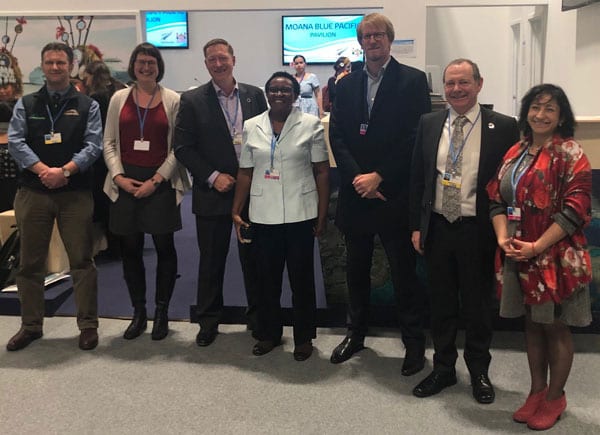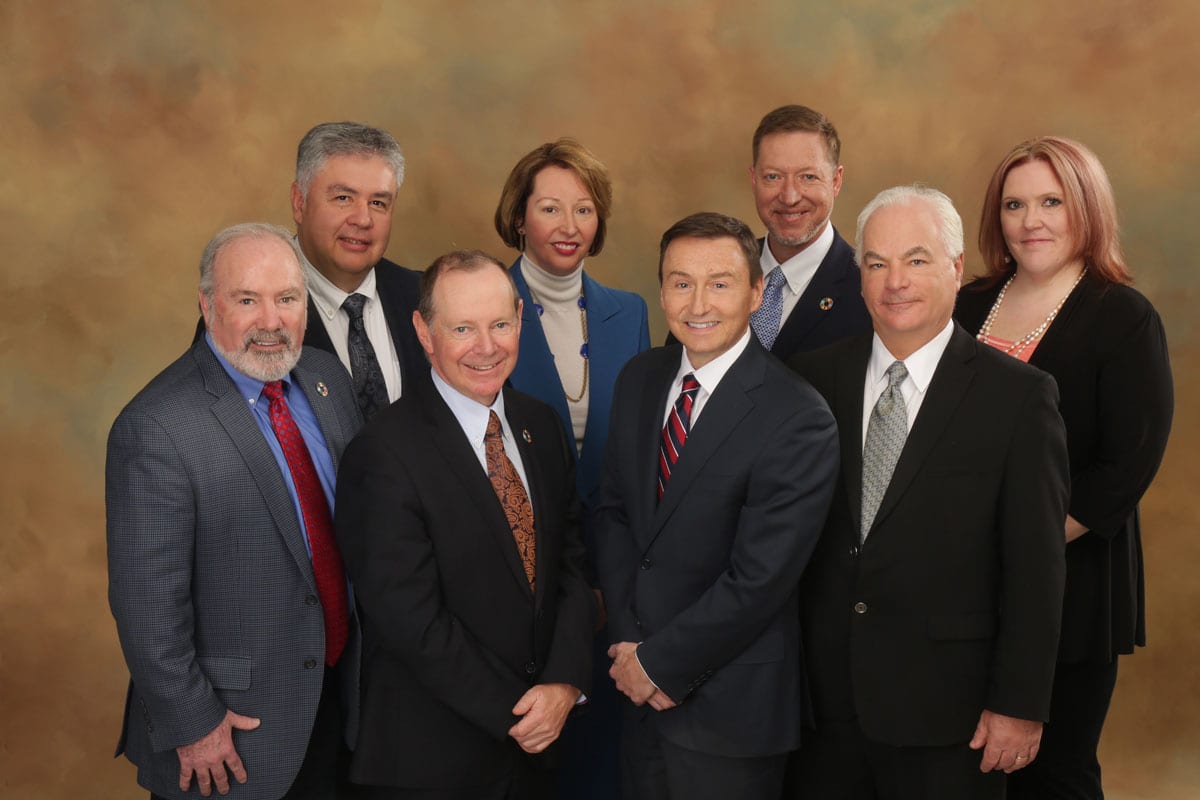GDP Bulletin December 2019
GDP and GRA Share New Research at World’s Largest Climate Summit
Global Dairy Platform (GDP) and the Global Research Alliance on Agricultural Greenhouse Gases (GRA) reported on new research at the United Nations Climate Change Conference (Cop 25) in Madrid last week. The study examines how dairy cattle health improvement can positively impact greenhouse gas (GHG) emissions.
This new research is a follow-up to a report, “Climate Change and the Global Dairy Cattle Sector,” published earlier this year by the Food and Agriculture Organization and GDP, that identified improved cattle health as a key action to reduce GHG’s. The report highlighted that endemic cattle diseases have a negative effect on cattle production and productivity, and consequently, on GHG emissions intensity.
Currently being conducted in Kenya, Chile and the U.K. (emerging, developing and developed markets), this new study explores:
- The effect of proactive animal health management (using Animal Health Improvement Measures (AHIM) on GHG emissions
- The economic impact that making these improvements has on farmers
- How AHIM could be included in nationally determined contributions (NDCs)*
In addition, the study focuses on three specific health and productivity challenges, including reproductive performance (fertility), single agent infectious disease (BVDv) and multifactorial or management disease (mastitis). Lastly, the impact of targeted intervention measures is being analyzed from both an economic and GHG perspective.

The study is being jointly funded by GDP and the New Zealand Ministry for Primary Industries in support of GRA. GRA provides a framework for cooperation and investment in research activities that support the agricultural sector in meeting the growing demand for food while reducing greenhouse gas emissions intensity.
The side event at Cop 25 was facilitated by Hayden Montgomery from GRA, and included speakers from the governments of Kenya, Chile and the U.K., as well as Jonathan Statham, one of the researchers who is leading the work. GDP’s Donald Moore and Brian Lindsay from the Dairy Sustainability Framework also participated.
GDP had a number of positive follow-up discussions with representatives from the U.K. government and GRA about the potential to present this and related topics during climate change meetings leading up to and including COP 26 in Glasgow next year.
*The Paris Agreement requests each country to outline and communicate their post-2020 climate actions, known as their NDCs
For a fact sheet detailing the research:
For a video of the research update at the event:
2019 GDP Highlights
As the year comes to a close, it’s good to reflect on all that we have been able to accomplish together on behalf of the global dairy sector. Highlights include:
- Telling the global dairy story through the Enjoy Dairy Rally and World Milk Day.
- Progress in new Environmental Sustainability Communications and Dairy Search workstreams.
- Conducting the first NOURISH conference to discuss the state of our planet, the impact of heightened environmental concerns, and the role dairy can play in creating a sustainable future for everyone.
- Engaging with the United Nations, its agencies and Member States in discussions related to climate change, economic development, food security, nutrition, agriculture and more.
- Working closely with the Global Agenda for Sustainable Livestock (GASL) to host the first Multi-Stakeholder Partnership Meeting at an academic institution, Kansas State University in Manhattan, KS.
- The Dairy Sustainability Framework reporting on progress against the first seven of the 11 indicators.
- New research being conducted on the benefits of proactive cattle health management from a greenhouse gas and economic perspective.
- Continuing work with the Private Sector Mechanism and the UN Committee on World Food Security on the development of voluntary guidelines for food systems and nutrition. The guidelines will provide guidance to governments and other stakeholders regarding appropriate policies, investments and institutional arrangements for addressing the key causes of malnutrition.
- Publishing “Dairy Development’s Impact on Poverty Reduction,” the first in a series of research papers on how dairy can help with socio-economic challenges articulated in the UN Agenda 2030 and the SDGs. This study provides quantitative evidence that dairy cow ownership or improvements in production can significantly contribute to SDG1 – No Poverty.
- Developing the second research paper in the series, “Dairy’s Impact on Reducing Global Hunger,” which will be published in 2020. This paper demonstrates the role dairy plays in tackling SDG2 – Zero Hunger.
- Completing an Execution Plan and Prospectus for Dairy Nourishes Africa (DNA), a dairy development initiative being formed by GDP, starting with a pilot in Tanzania. The next step is to use the Prospectus to source additional funds from outside the dairy sector in order to make DNA Tanzania a reality.
Happy Holidays from GDP!
Your team at GDP would like to thank everyone for a terrific 2019. We especially appreciate the leadership of our Board of Directors, guidance by our Operational Committee, involvement of our Membership, and the commitment by our Dairy Ambassadors. We hope everyone has a blessed holiday season, and we look forward to a great 2020.
Dairy Sector – A Snapshot

1 billion people strong

600 million people living on farms

400 million additional people are supported by the full time jobs that are created in support of dairy farming

240 million people are employed, directly or indirectly, in the dairy sector

133 million dairy farms

37 million farms led by women, 80 million women employed in dairying
Important Dates for the Dairy Diary
May 29 – June 1
2020
2020
Enjoy Dairy Rally and World Milk Day
September 25
2020
2020
GDP Annual Meeting, Capetown
September 26
2020
2020






